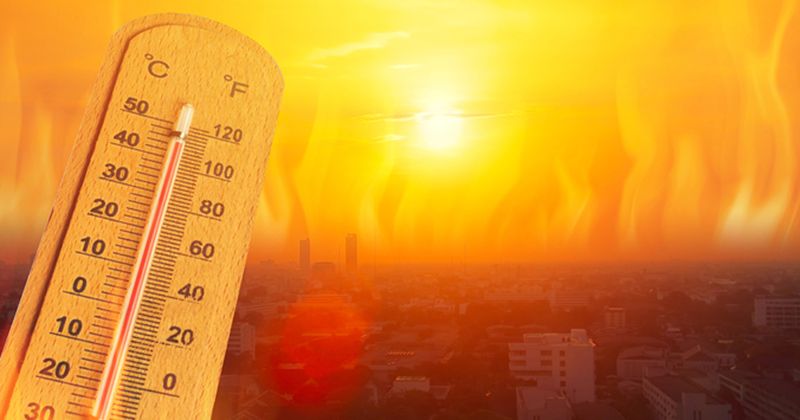October 30, 2023
2 min read
Key takeaways:
- CV deaths related to extreme heat will continue to rise over decades with current climate policies in place.
- Black and older adults may be most affected by heat-related CV deaths.
CV deaths associated with extreme heat are projected to increase by 162% in the U.S. between now and 2065 when factoring in current climate policies, with the greatest burden on Black and older adults, data show.
“Due to climate change-related projected increases in extreme heat and demographic changes in the contiguous United States, excess CV deaths associated with extreme heat are projected to increase more than two- to threefold, depending on whether a lower or greater increase in greenhouse gas emissions occur,” Sameed Khatana, MD, MPH, assistant professor of medicine at the University of Pennsylvania Perelman School of Medicine and staff cardiologist at Philadelphia VA Medical Center, told Healio. “However, this change will impact some populations to a disproportionate degree, with greater increases noted among older adults, among non-Hispanic Black adults and among people living in metropolitan areas. This points to the urgent need to develop policy solutions to mitigate the public health impacts of extreme heat which will continue to grow in the coming decades.”

Khatana and colleagues analyzed CV deaths among adults and the number of extreme heat days, defined as a maximum heat index of at least 90 °F, in each county in the contiguous U.S. from 2008 to 2019. Based on representative concentration pathway trajectories that model greenhouse gas emissions and shared socioeconomic pathways (SSP) that model future socioeconomic scenarios and demographic projections, the researchers obtained county-level projected numbers of extreme heat days and populations under two scenarios for the midcentury period 2036 to 2065. One model represented representing demographic projections from a “middle-of-the-road” socioeconomic scenario and an intermediate increase in emissions; the second model represented demographic projections in an economy based on “fossil-fueled development” and a large increase in emissions.
Researchers estimated the association of CV mortality with extreme heat, and then projected number of excess CV deaths associated with extreme heat.

Sameed Khatana
The findings were published in Circulation.
Extreme heat was associated with 1,651 excess CV deaths per year from 2008 to 2019 (95% CI, 921-2381).
By midcentury, extreme heat is projected to be associated with 4,320 excess deaths annually (95% CI, 2369-6272), an increase of 162% (95% CI, 142-182) under the first model and 5,491 annual excess deaths (95% CI, 3011-7972), an increase of 233% (95% CI, 206-259) under the second model.
Under the first intermediate model, older adults are projected to have a 3.5 times greater increase in deaths compared with other adults age groups (95% CI, 3.2-3.8). Non-Hispanic Black adults are projected to have a 4.6 times greater increase in deaths compared with white adults (95% CI, 2.8-6.4). The projected change in deaths was not significantly different for other race and ethnicity groups or between men and women.
“People with CVD or risk factors such as diabetes and hypertension are at an elevated risk for the adverse health effects of extreme heat,” Khatana told Healio. “With the aging of the U.S. population, an increasing number of people will be vulnerable to this. Health care providers may consider identifying those who may not have access to cooling, such as those without air conditioning access or those who work in environments where they may be exposed to extreme heat. Such people should be advised about the need to seek a cool environment when extreme heat occurs, especially if they have CVD.”
Khatana said interventions such as increasing urban tree cover or heat action plans could lessen the CV health impacts of extreme heat, but more research is needed.
For more information:
Sameed Khatana, MD, MPH, can be reached at sameed.khatana@pennmedicine.upenn.edu.





